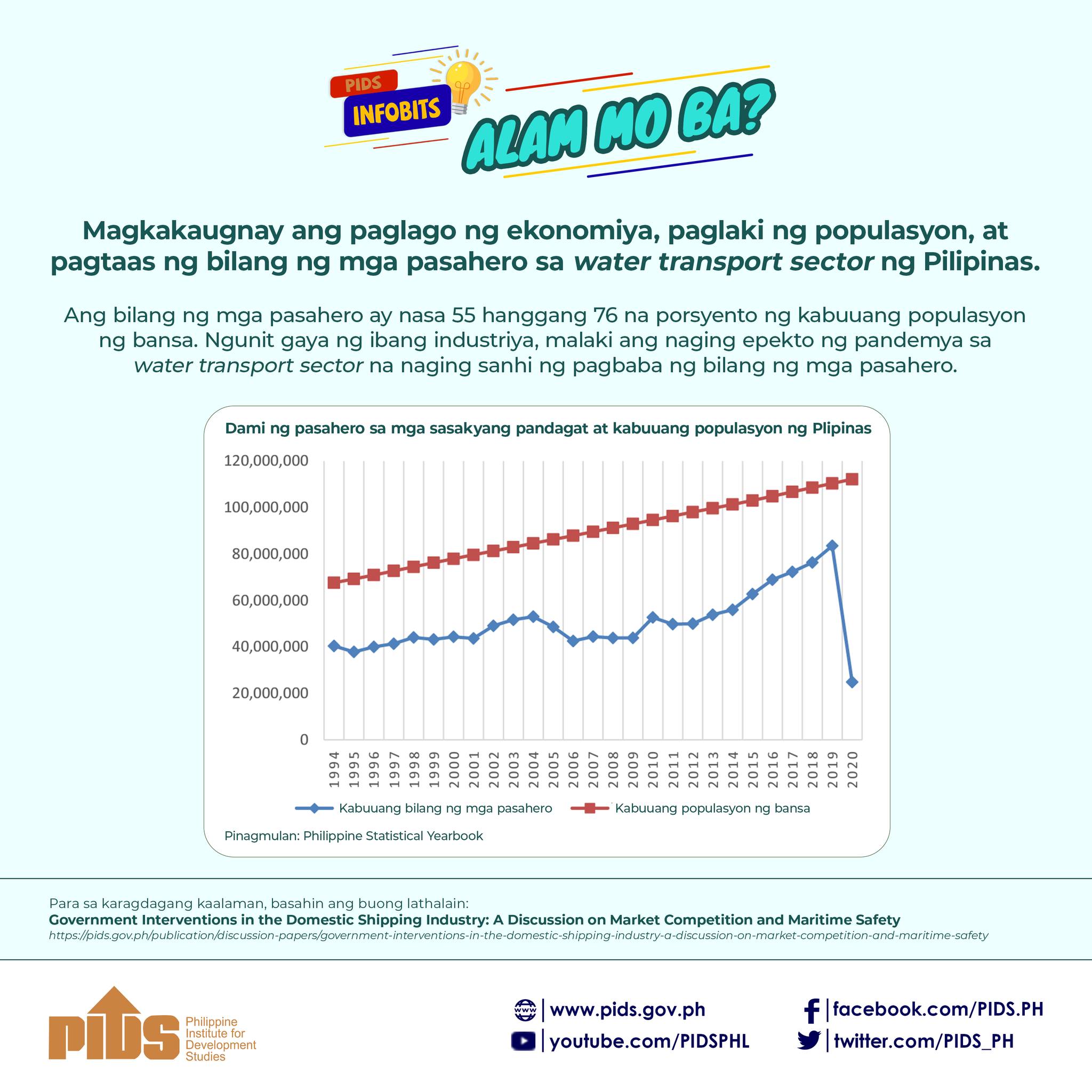MANILA, Philippines - The Philippines must come out with a strong and comprehensive national multimodal transport and logistics development plan, if it wants to take full advantage of its economic growth, enhance its position as a transport hub in the region, and position Philippine ports in the global supply chain.
According to a policy note released by state think-tank Philippine Institute for Development Studies (PIDS), the Philippines cannot afford another fiasco such as the seven-month truck ban in Metro Manila that cost the economy an estimated P43.85 billion.
Traffic congestion, mainly in Metro Manila, results in an estimated productivity loss of around P2.4 billion ($54 million) a day or more than P800 billion ($18 billion) a year, according to a World Bank blog.
The PIDS recommends a combination of short-term, medium-term and long-term solutions.
In the short term, PIDS said that policymakers could introduce caps, revive the freight operation of the Philippine National Railways (PNR) and establish 24-hour web-based booking system to improve the logistics chain.
But these have to be carried out together with a more strategic action, PIDS said. The government must invest heavily in capacity building at the ports and the train tracks, as well as rationalize future port development and investment programs in port infrastructure, said the government think-tank.
The recent PIDS report titled "Port Congestion and Underutilization in the Greater Capital Region: Unpacking the Issues” indicates that among the three major ports in the Greater Capital Region (Manila, Batangas, and Subic), the Port of Manila is widely used and most preferred by shippers, freight forwarders, logistics services providers, and truckers.
Shippers, consignees, and importers cite the proximity of the Port of Manila to their areas of operation as a deciding factor. The rates are also much more affordable, and the immediate availability of concerned government officials make transactions and release of goods much easier to carry out.
The Port of Manila’s weakness, respondents complain, include bureaucratic "red tape” and the Bureau of Customs’ procedures.
In comparison, issues with the Port of Batangas pertain to the status of several services, including shipping schedules, availability of allied services providers, and cargo handling facilities.
The Port of Subic is cited for its poor shipping schedules and longer travel time to the port.
The policy study said that the truck ban revealed that volume restriction alone would not yield a catch-all solution. Considerations have to be factored in to make policies more effective.
Alongside possible incentives, like a price discount mechanism, capacity expansion has to be undertaken and non-price service attributes such as warehouse proximity have to be considered.
"Volume restriction must be complemented by capacitating the other ports, commensurate to the volume of cargo and transaction that are targeted to be diverted from the Port of Manila,” it added.
PIDS said reviving the freight train network from Bicol to La Union as an alternative cargo transport seems more problematic than promising. It said the train tracks are deteriorating and that the current level of freight traffic through Batangas is too small to consider it a major source of potential base traffic for freight railway.
Furthermore, PIDS said the freight railway would only be able to carry a certain volume, thus having a "negligible effect” on the congestion and traffic caused and experienced by the ports.//












